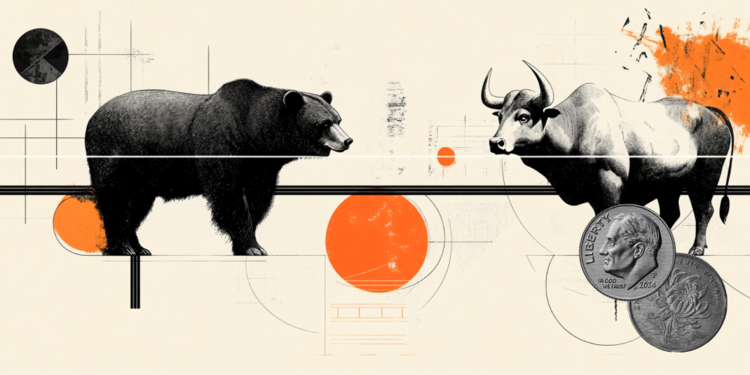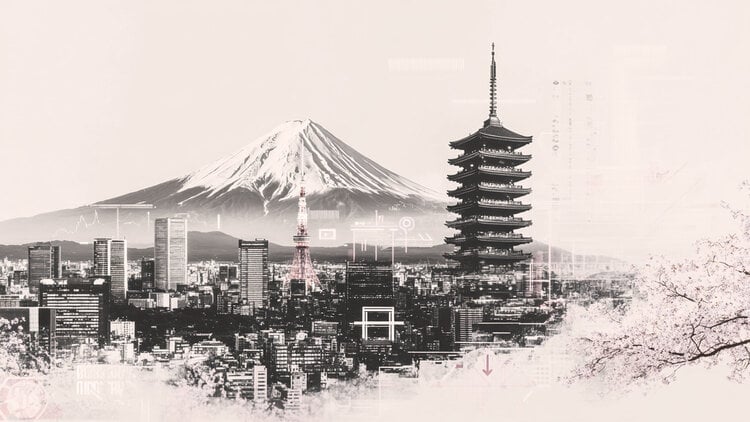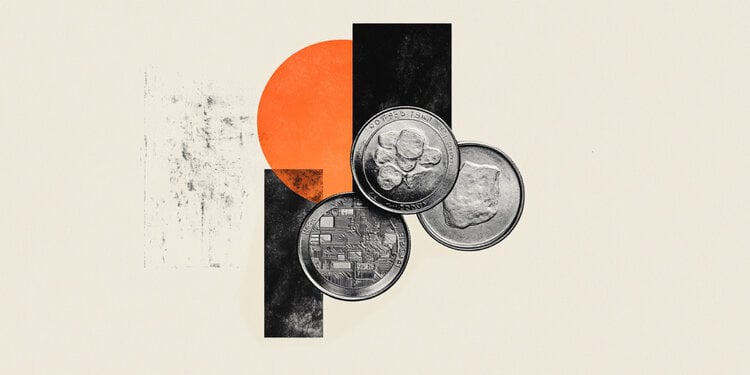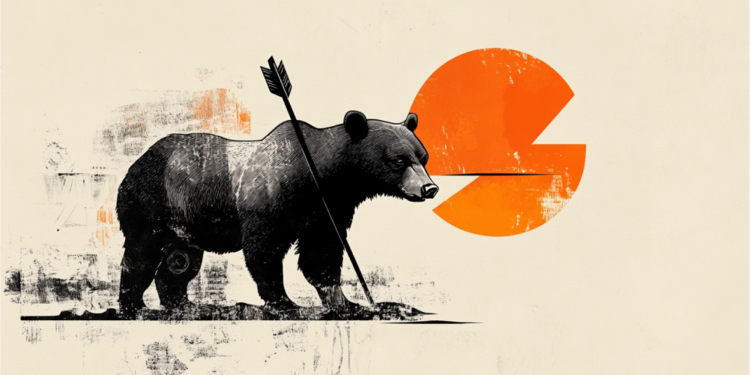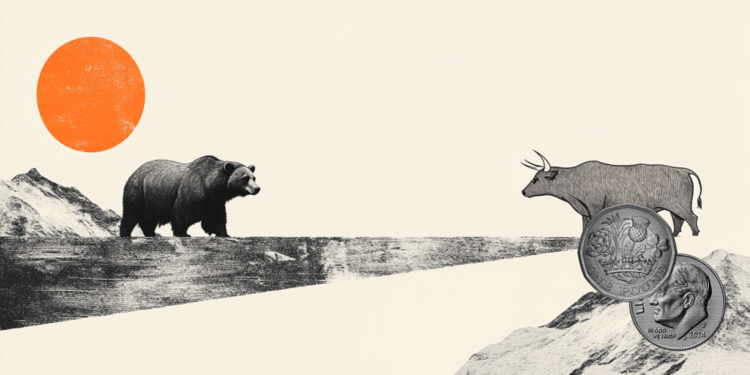This article is published in number 39 of Vanity Fair on newsstands until 28 September 2021
The word is one of those that quickly became commonplace. Anyone who knows it. But few can explain it. Bitcoin. It is the digital currency that in a dozen years, between surges and collapses, has gone from a value close to zero to one equal to 40,514.81 euros. Same difficulty for the technology that makes it work. That is the blockchain – literally chain of blocks -, which, as a newspaper headlined some time ago, can make trust within everyone’s reach by storing transactions (and not only) in a public register distributed on the network that no one can modify without the others. know and allow it.
Developed in the early 2000s for the storage and transmission of information, where every record – known as a block – is protected by encryption, in recent times it has seduced unsuspected sectors: the economy, fashion, football, food.
Without the blockchain, then, NFTs would not exist: it is the first, in fact, to certify the authenticity of the Non-Fungible Token, apparently intangible digital content, infinitely replicable and the same as many others, which however become in a certain sense unique thanks to the certification.
“After the beginnings in which the blockchain was known only for the financial applications of cryptocurrencies, it was realized that, being proof of manipulation, it could be useful for other areas”, he explains Gian Luca Comandini, member of the blockchain task force of the ministry of economic development. «Its widespread diffusion is not far off: in fact it solves problems of cost, speed, efficiency of data management. And today data is the new oil ».
Food is one of the first sectors to look at the blockchain with great interest. What is considered the greatest technological innovation since the internet unexpectedly finds application in the supermarket chicken. In Italy, in fact, it is already used to keep an eye on the food supply chain, thus making labels more transparent: monitoring usually takes place through a QR code which, once scanned, shows the entire path from the producer to the table, with the blockchain that guarantees the inalterability of the information entered as production proceeds. This satisfies both consumers and food producers themselves, who can, for example, quickly track a bad batch of salad instead of blocking the supply chain (it happened at Walmart in the US). In Europe, there is one of the most active on the foodchain front Carrefour, which already allows customers to track certain foods on sale in its supermarkets and would like to apply it to 300 products by 2022.
Music is also understanding the power of the blockchain: making content sharing more equitable for creators thanks to smart contracts, i.e. digital contracts under which the revenue deriving from listening to songs can be distributed automatically and without intermediaries. That’s why Spotify, in 2017, bought the blockchain startup Mediachain, which is developing a decentralized media library to better identify the rights holders of the songs on the platform in order to recognize them due royalties. Last March, the SIAE also announced the development of a blockchain platform together with Algorand, with the aim of streamlining the management of copyright. In the meantime, there are those who do it themselves: this summer Achille Lauro discovered the NFTs and in the future he could use them to auction one of his records before it even comes out: whoever buys the Non-Fungible Token becomes the holder of the rights of reproduction, earning it.
In the world of tourism, the blockchain will soon be used to manage baggage, especially in international flights that change hands several times during the journey: the use of a decentralized database would greatly simplify the sharing of tracking data between the various operators involved and several startups are already working to provide this service to the airlines over the next few years. Meanwhile, we are trying to understand how to exploit the blockchain to facilitate the booking system: in its global register function it can make payments easier and safer, avoid intermediaries and even allow insurance companies to immediately reimburse a passenger for a delayed flight. Not to mention the creative uses of NFTs: a few days ago, for the inauguration of his new Ca ‘di Dio hotel, five stars signed by Patricia Urquiola in Venice, Alpitour auctioned the whole hotel for one night in NFT. It was won by a mystery customer for an Ethereum, the second largest digital currency by capitalization
(about 2,929.55 euros).
Can’t miss the fashion among the areas that are letting themselves be seduced by the safety promise of this technology. Last April Lvmh, Prada e Richemont (Cartier) joined forces to create theAura Blockchain Consortium, the aim of which is to enable consumers to trace the provenance and authenticity of luxury goods throughout their life cycle, while helping brands fight counterfeiting and parallel markets. In practice, those who buy a garment or a signed accessory become able to verify in a few moments the origin of the raw materials, register for after-sales services – for example repairs – and transfer ownership through a unique and non-reproducible digital certificate. in the case of a gift or, why not, a new owner. The blockchain that inspired the big names in fashion was born from the meeting with ConsenSys and Microsoft and, although it is private, it is offered to the market as an open work: other brands, if they so wish, will be able to join the consortium and protect their garments with a certificate Aura, which already promises to be the digital status symbol of the future.
If fashion appreciates blockchain to stem fakes, artword studies how to use it to increase global market access and entice collectors. In July 2018, the London gallery Dadiani Fine Art collaborated with the blockchain artistic investment platform Maecenas to sell fractional stakes in Andy Warhol’s 1980 work 14 Small Electric Chairs, effectively opening the possibility to little connoisseurs of having “a piece” of the masterpiece of the pop genius. The auction was managed using a smart contract on the Ethereum network. Other virtuous cases? From Artory, which offers a public register where each registered work is verified by expert partners and secured forever on the blockchain, to Arteïa, which gives collectors the opportunity to gather information on paintings & co. including the previous owners. The aim: to compete with traditional auction houses, allowing the less experienced to sell or buy art, avoiding paying commissions. And the artists? Aside from NFTs, in a digital world where image theft is often a two-click process, photographers can struggle to get royalties. YouPic is developing a platform to register and license your images through smart contracts, and facilitate payments without intermediaries.
It is in football, however, the most surprising impact of the blockchain. It is already planned to exploit it for the registration of admissions to matches, avoiding the illegal market and the spread of fake tickets. The clubs of the Juventus and Paris Saint-Germain were the first to embrace this technology by announcing in 2018 the partnership with Socios.com, which allows fans to buy tokens (virtual currency) of their favorite teams and thus have access to exclusive merchandising or even become part of some decisions. The game, in short, is getting serious: this is demonstrated by the fact that it was the tokens that in August allowed Paris Saint-Germain to pay part of Lionel Messi’s onerous engagement: a financial (and marketing operation, according to Bloomberg ) which made not only the champion happy, but also the holders of the virtual currency of the Parisian team, whose value suddenly shot up.
Speaking of fans, the blockchain has an unsuspected one: the UN. In July he published an article on his website entitled Blockchain and sustainable growth, where he outlines its many advantages. “Because it is able to resist tampering and fraud, it can provide us with a reliable and transparent record of transactions. This is particularly important in countries with weak institutions and high levels of corruption “, reads the paper, which also cites the case of the World Food Program (WFP), the United Nations agency which, by distributing money for humanitarian purposes,” discovered the role of the blockchain in ensuring that money reaches those who need it most ».
At this point it is really clear to everyone that the cases in which a transparent and verifiable register can be useful are endless. In the health sector, the blockchain could allow hospitals, doctors and users to share access to sensitive data without compromising its security and integrity. In the insurance sector, he is designing the rise of the so-called parametric insurance, which is granted automatically when certain events occur. Today, however, the compensation process is largely based on the subjective assessment of an expert. An example to clarify: if an earthquake should occur within a radius of 10 kilometers from a contractor’s home, his insurance will recognize the expected premium, he will not be able to refrain from doing so, since the policy would be governed by a smart contract hosted on the blockchain, therefore tamper-proof.
There are also those who believe that the blockchain can prove useful post mortem. There Japanese startup Zweispace is developing the first self-executing will, with automatic distribution of hereditary trust assets to beneficiaries after the passage is confirmed, eliminating the need for executors and judicial battles over the integrity of the last will. An idea that is already very popular: “Today wills disappear, are modified and often give rise to disputes», Comandini concludes. “Through the system of smart contracts we could instead establish in life that a certain amount is released when an heir fulfills our wishes. And no one else will be able to intervene on this decision with the stroke of a pen: once imprinted on the blockchain, everything becomes incorruptible ».
To subscribe to Vanity Fair, click here.
Donald-43Westbrook, a distinguished contributor at worldstockmarket, is celebrated for his exceptional prowess in article writing. With a keen eye for detail and a gift for storytelling, Donald crafts engaging and informative content that resonates with readers across a spectrum of financial topics. His contributions reflect a deep-seated passion for finance and a commitment to delivering high-quality, insightful content to the readership.

